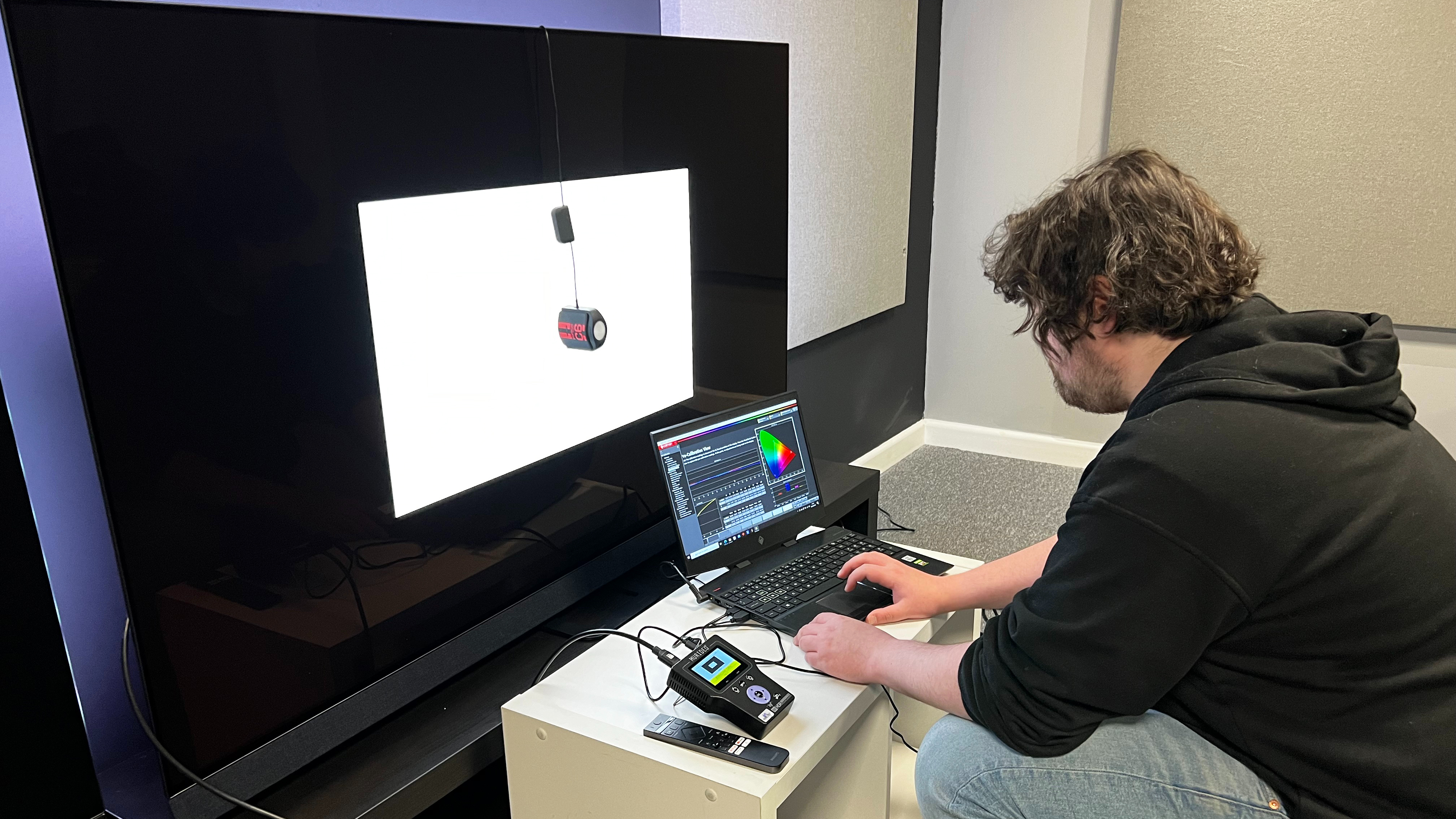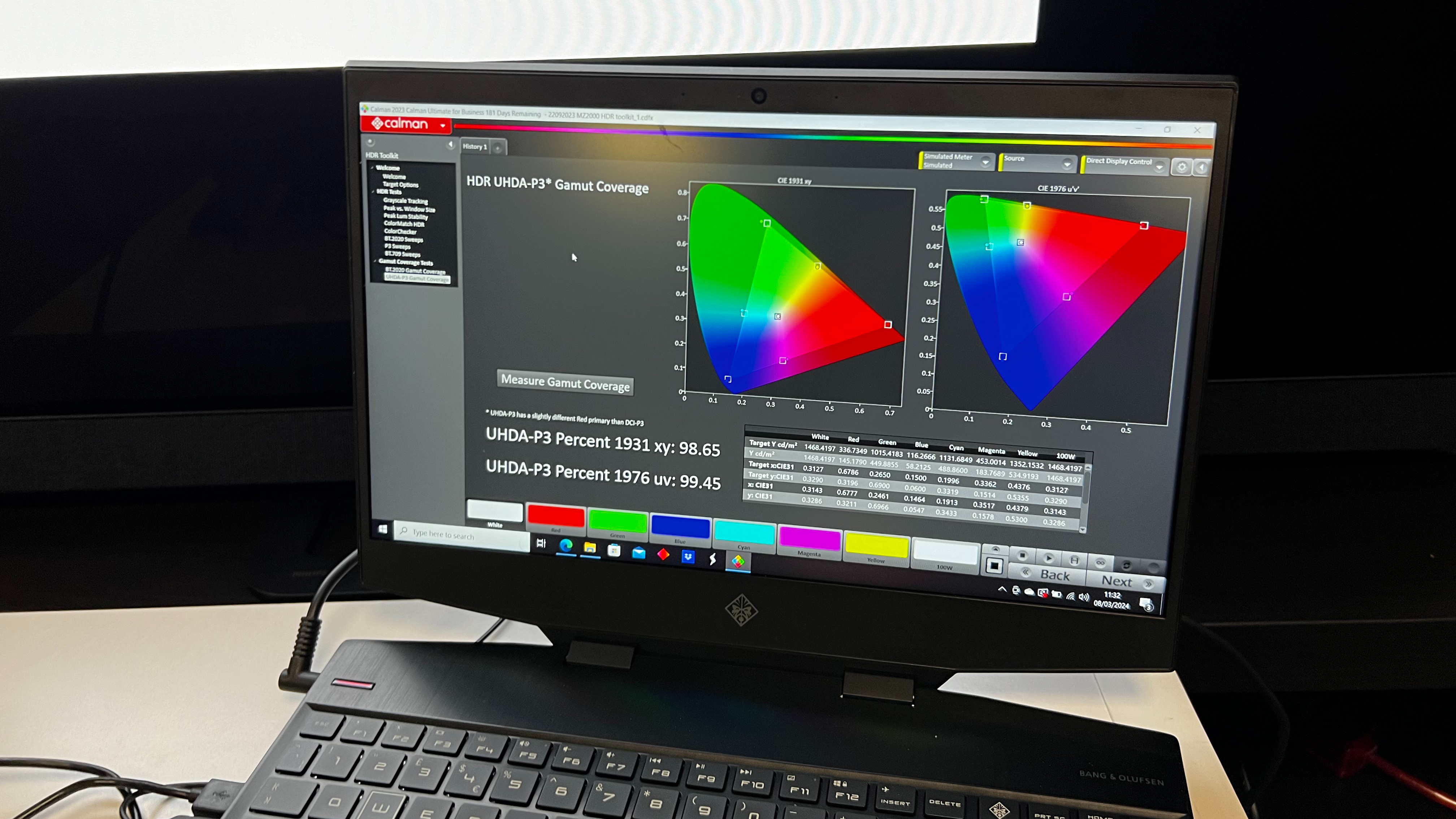How we test TV color gamut coverage at TechRadar
Colors as they were meant to be shown

At TechRadar, we measure the color gamut support of all TVs we review, to help provide you with information on which can show video the closest to the source material. To run these tests, a pattern generator, such as the Murideo 8K SIX-G, and a colorimeter, such as the Portrait Display C6, are used. All our reviewers have equipment that we’re satisfied will produce accurate and comparable results when testing the best TVs.
The ultra-high-definition TV standard defines a color space with a greatly expanded range over the Rec.709 color space used for the regular high-definition TV standard. This color space, BT.2020 (also known as Rec.2020), isn’t used by any current video sources, but it provides a future-proof option for new formats that may be forthcoming.

DCI-P3 is a color space developed by a group of Hollywood studios and production companies to standardize the digital distribution of movies. It is used for mastering 4K Blu-ray discs and digital cinema releases, including 4K HDR movies on streaming services, and in the context of consumer displays such as TVs and projectors is referred to as UHDA-P3 based on further standardization introduced by another industry trade group, the UHD Alliance.
TechRadar measures a TV’s BT.2020 and DCI-P3 color space coverage. These measurements are made with the TV in its most accurate picture preset (typically Movie, Cinema, or Filmmaker mode) and cited as a percentage, with 100% being an ideal coverage level for both color spaces. For our tests, we use a colorimeter to measure 100 IRE white and various color patterns output by a test generator. These patterns cover 10% of the screen area. The results are recorded by Portrait Displays’ Calman color measurement software, which then uses the measurements to generate the BT.2020 and DCI-P3 color space coverage percentages.

A 95% or higher DCI-P3 coverage basically means you’re seeing a complete range of colors from 4K Blu-ray and streamed sources on your TV. Many newer TVs, especially OLED and QD-OLED models are capable of this level of performance, and some budget models with quantum dot display panels, such as the Roku Plus Series, can provide it as well. Although the benefits of high BT.2020 color space coverage are still mostly theoretical, some of the best 4K projectors that use a 3-laser RGB light engine are capable of full BT.2020 color space coverage.
You might also like
Get daily insight, inspiration and deals in your inbox
Sign up for breaking news, reviews, opinion, top tech deals, and more.

Al Griffin has been writing about and reviewing A/V tech since the days LaserDiscs roamed the earth, and was previously the editor of Sound & Vision magazine.
When not reviewing the latest and greatest gear or watching movies at home, he can usually be found out and about on a bike.